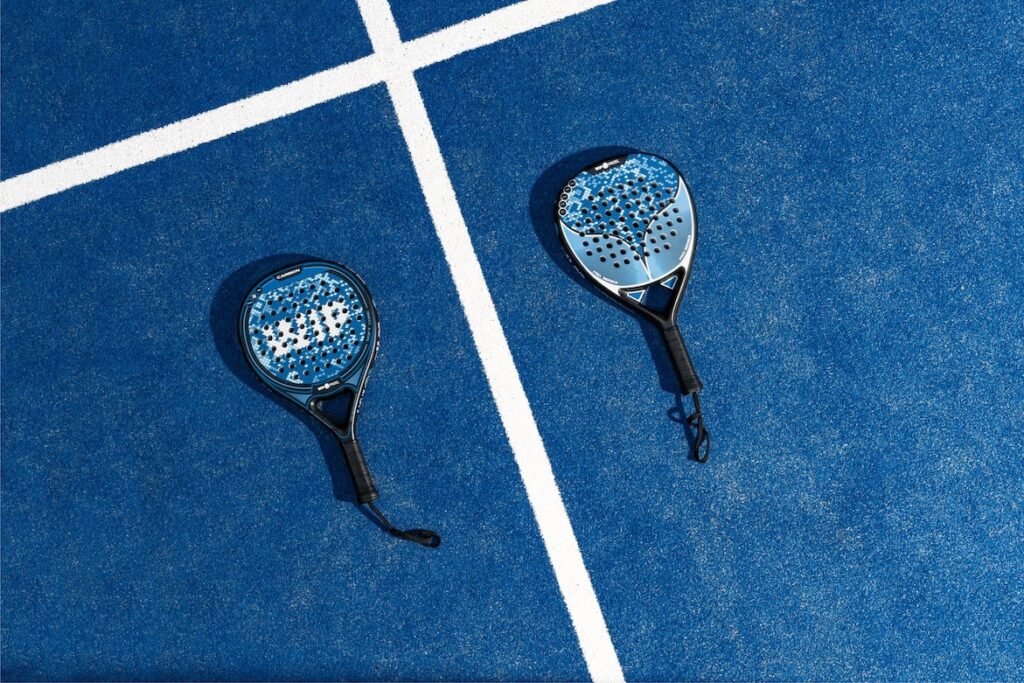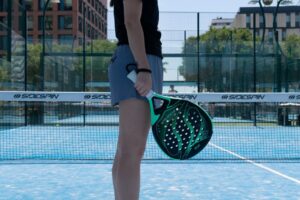How the Baseline Plays a Crucial Role in Padel
3 min read
How the Baseline Plays a Crucial Role in Padel
When it comes to the dynamic game of padel, players often focus on techniques, strategies, and court positioning. However, one of the most important elements that often goes unnoticed is the baseline. Understanding and utilizing the baseline effectively can truly make a difference in your padel game. So, let’s explore the significance of the baseline and its impact on the overall gameplay.
The Basics: What is the Baseline in Padel?
Before diving into the importance of the baseline, let’s first define what it actually is in padel. In simple terms, the baseline refers to the line at the back of the padel court, defining its boundary. It runs parallel to the net and separates the court into two halves. Each player’s objective is to stay near or behind the baseline while rallying with their opponent.
Now that we have a clear understanding of what the baseline is, let’s explore its crucial role in padel.
1. Strategic Court Positioning
Being aware of your position in relation to the baseline is vital in padel. It allows you to strategize and respond to your opponent’s shots effectively. By staying close to the baseline, you maintain a strong offensive position, ready to attack and take control of the point. Conversely, positioning yourself deeper behind the baseline gives you more time to react and retrieve challenging shots from your opponent.
Knowing when to push forward or retreat can make a huge difference in your gameplay. Remember, finding the sweet spot near the baseline can give you a competitive edge!
2. Shot Selection and Variation
The baseline also plays a significant role in shot selection and variation. Depending on your position, you can choose between offensive shots like smashes and volleys or defensive shots such as lobs and sliced shots.
When closer to the baseline, aggressive shots like smashes and volleys can be executed with power and precision. These shots can catch your opponents off guard, putting them under pressure and allowing you to take control of the point. On the other hand, being further behind the baseline gives you the opportunity to execute strategic lobs or sliced shots to disrupt your opponent’s rhythm.
Remember, mastering shot selection based on your position near or behind the baseline can keep your opponents guessing and enhance your chances of winning.
3. Rally Control and Momentum
The baseline also serves as a reference point for controlling the pace of the rally and building momentum. By engaging in long rallies near the baseline, you can test your opponent’s endurance, consistency, and focus. As the rally progresses, you can look for opportunities to unleash powerful shots or surprise your opponent with well-timed drop shots.
Moreover, staying near the baseline enables you to maintain a solid defensive position, making it easier to neutralize your opponent’s aggressive shots and effectively counterattack.
Conclusion
As you can see, the baseline is much more than just a line on the padel court. It offers strategic advantages, shot selection possibilities, and control over the momentum of the game. Paying attention to your positioning in relation to the baseline can truly elevate your padel skills and give you a competitive edge.
So, next time you step foot on a padel court, keep the importance of the baseline in mind and make the most out of its potential. Remember, mastering the baseline is not just about technical prowess but also about making smart decisions to outwit your opponents.
Happy padel playing!







